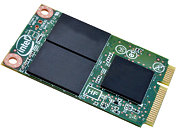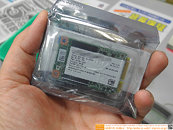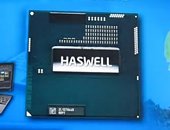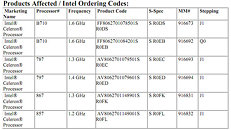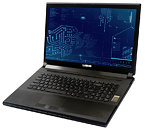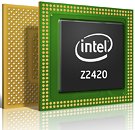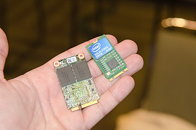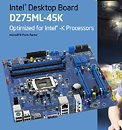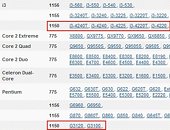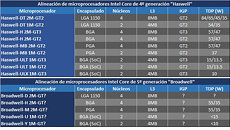
Intel Introduces SSD 525 mSATA Solid-State Drive for Ultrabook and Embedded Devices
Intel Corporation announced today the Intel Solid-State Drive 525 Series (Intel SSD 525 Series) in a small mSATA form factor with 6-gigabit-per-second (Gb/s) performance. The Intel SSD 525 Series gives OEM customers, channel and tech enthusiasts an ultra-portable, low-power storage solution in one-eighth the space of a traditional 2.5-inch hard disk drive (HDD) to drive innovative Ultrabook, tablet and embedded applications.
The Intel SSD 525 is the latest entry to the Intel 500 Series SSD Family aimed at higher-performance, enthusiast solutions. Measuring 3.7 mm x 50.8 mm x 29.85 mm and weighing 10 grams, the mSATA with PCI Express (PCIe) mini-connector delivers the performance of the company's Intel SSD 520 Series client drive. This makes the Intel SSD 525 suitable for All-in-One desktops, notebooks, Ultrabooks and workstation upgrades, as well as automotive, digital signage, embedded video and retail solutions.
The Intel SSD 525 is the latest entry to the Intel 500 Series SSD Family aimed at higher-performance, enthusiast solutions. Measuring 3.7 mm x 50.8 mm x 29.85 mm and weighing 10 grams, the mSATA with PCI Express (PCIe) mini-connector delivers the performance of the company's Intel SSD 520 Series client drive. This makes the Intel SSD 525 suitable for All-in-One desktops, notebooks, Ultrabooks and workstation upgrades, as well as automotive, digital signage, embedded video and retail solutions.
